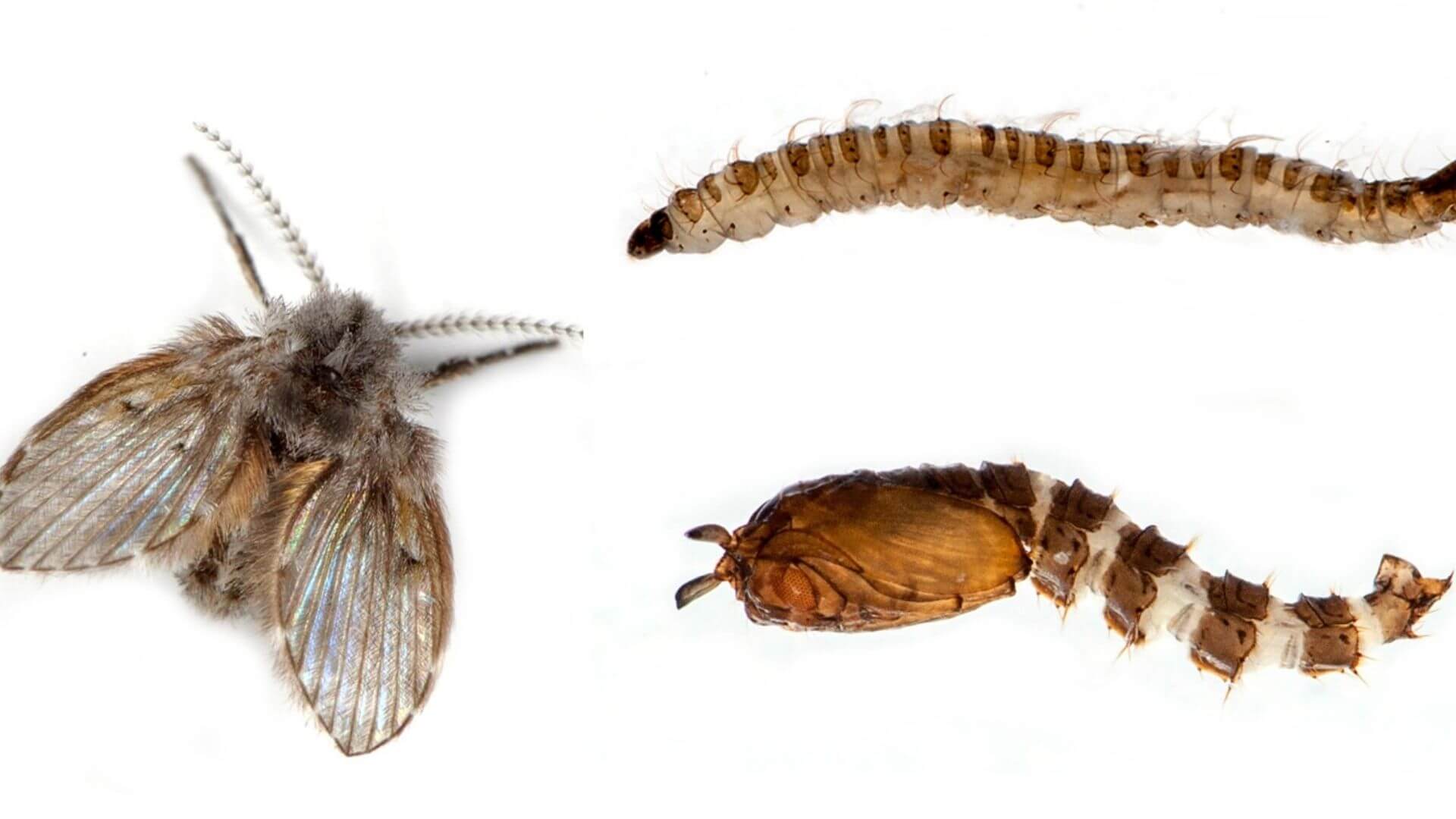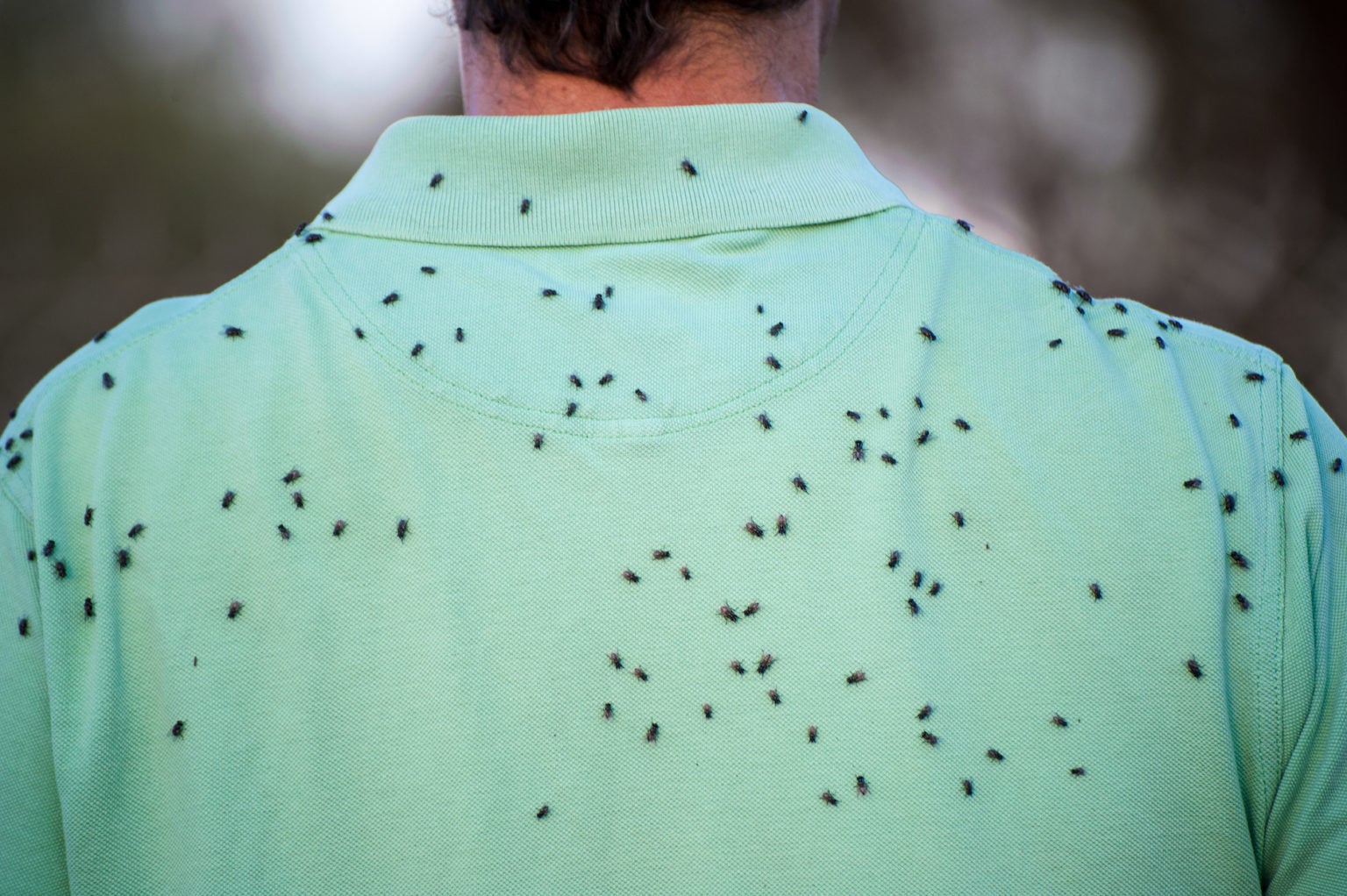Understanding Brown Gnats

Brown gnats, also known as drain flies or moth flies, are tiny insects that are commonly found in bathrooms and other damp areas. They are often mistaken for fruit flies, but they have distinct characteristics that set them apart.
Physical Characteristics, Brown gnats in bathroom
Brown gnats are small, measuring only about 1/16 to 1/8 of an inch in length. They have a distinctive brown or gray colour, with fuzzy bodies and long, thin legs. Their wings are typically held in a roof-like position over their bodies, giving them a moth-like appearance.
Life Cycle
Brown gnats have a complex life cycle that involves four stages: egg, larva, pupa, and adult. The female gnat lays her eggs in moist, organic matter, such as decaying vegetation, sewage, or even the slime found in drains. The eggs hatch into larvae, which are small, worm-like creatures that feed on the organic matter. The larvae then pupate, forming a hard, brown case. Finally, the adult gnats emerge from the pupae and begin the cycle anew.
Conditions that Attract Brown Gnats to Bathrooms
Brown gnats are attracted to bathrooms because they thrive in damp, humid environments. The presence of standing water, such as in leaky pipes, clogged drains, or even damp towels, creates the ideal breeding ground for these insects. They are also drawn to the presence of organic matter, such as hair, soap scum, and food particles.
Potential Health Risks Associated with Brown Gnats
While brown gnats are not known to transmit diseases, they can be a nuisance and cause discomfort. They can bite, although their bites are typically painless and not harmful. However, they can also contaminate food and surfaces with their waste products. Additionally, their presence can be an indicator of underlying plumbing problems, which could lead to more serious health risks.
Common Causes of Brown Gnats in Bathrooms

Brown gnats, also known as drain flies, are a common nuisance in bathrooms, particularly those with high moisture levels. These tiny insects are attracted to damp environments and often thrive in areas where organic matter is present. Understanding the factors that contribute to their presence is crucial for effectively controlling them.
Standing Water
Standing water is a prime breeding ground for brown gnats. These insects lay their eggs in moist environments, and stagnant water provides the perfect conditions for their development. Even small amounts of standing water can attract and support a significant population of brown gnats.
- Leaky faucets: Dripping faucets, even if they seem minor, can create a continuous source of moisture, attracting brown gnats.
- Overflowing drains: Clogged drains can lead to water pooling in the sink or bathtub, providing a breeding ground for brown gnats.
- Wet floors: Spills, leaks, or inadequate drying can leave standing water on bathroom floors, creating an attractive environment for brown gnats.
Poor Ventilation
Adequate ventilation is crucial for preventing brown gnats. Bathrooms that lack proper ventilation can trap moisture, creating a humid environment that encourages the growth of these insects.
“Poor ventilation allows moisture to build up, creating a breeding ground for brown gnats.”
- Exhaust fans: Make sure your bathroom exhaust fan is working properly and is used regularly, especially after showering or bathing.
- Open windows: Open a window or door to allow fresh air to circulate and reduce humidity levels.
Organic Matter
Brown gnats are attracted to organic matter, such as hair, food debris, and even soap scum. These materials provide a source of food for the larvae and can contribute to the growth of a brown gnat population.
- Hair: Hair that accumulates in drains or around the bathroom can attract brown gnats.
- Food debris: Even small amounts of food debris, such as crumbs or spilled toothpaste, can provide a food source for brown gnats.
- Soap scum: Soap scum buildup can create a moist environment that attracts brown gnats.
Effective Control and Prevention Strategies

Now that you’ve identified the source of your brown gnat problem, it’s time to tackle them head-on. This section will guide you through effective control and prevention strategies to banish these pesky critters from your bathroom, ensuring a clean and comfortable environment.
Eliminating Brown Gnats
The first step is to eliminate the existing brown gnat population. This can be achieved through a combination of methods, each with its own advantages and disadvantages.
- Vacuuming: A simple and effective method for removing adult gnats. Regularly vacuuming areas where gnats are present, especially around drains and under furniture, can significantly reduce their numbers.
- Fly Traps: These traps attract and capture gnats using a variety of methods, such as sticky surfaces, ultraviolet light, or food-based lures. They are particularly effective for catching large numbers of gnats.
- Insecticides: For severe infestations, insecticides can be used to eliminate gnats quickly. However, it’s crucial to choose products specifically designed for indoor use and follow the instructions carefully to avoid harming yourself or pets.
Methods for Controlling Brown Gnats
Here’s a table outlining various methods for controlling brown gnats, their effectiveness, and potential drawbacks:
| Method | Effectiveness | Drawbacks | Vacuuming | Moderate | Only removes adult gnats | Fly Traps | High | Can be messy and may attract other insects | Insecticides | High | Can be harmful to pets and humans if not used properly | Diatomaceous Earth | Moderate | Can be messy and may irritate skin | Essential Oils (e.g., tea tree, peppermint) | Low | May not be effective against all gnats |
|---|
Preventing Brown Gnats from Returning
Once you’ve eradicated the current infestation, it’s crucial to implement measures to prevent them from returning.
- Dry Out Wet Areas: Brown gnats thrive in damp environments. Ensure your bathroom is well-ventilated, and dry any spills or leaks promptly.
- Clean Drains Regularly: Clean your bathroom drains regularly with a drain cleaner or a mixture of baking soda and vinegar to remove any organic matter that could attract gnats.
- Seal Cracks and Gaps: Inspect your bathroom for cracks or gaps in walls, floors, or around pipes, and seal them with caulk or sealant to prevent gnats from entering.
- Keep Trash Covered: Ensure your bathroom trash can has a lid and is emptied regularly to prevent gnats from breeding in the garbage.
Importance of Regular Cleaning and Maintenance
Regular cleaning and maintenance are essential for preventing brown gnat infestations. A clean bathroom is less likely to attract gnats, as it removes potential breeding grounds and food sources.
- Clean Surfaces: Regularly wipe down all surfaces in your bathroom, including countertops, sinks, and floors, to remove any food particles or spills that could attract gnats.
- Clean Shower and Tub: Clean your shower and tub regularly to remove any soap scum or mildew buildup, which can attract gnats.
- Empty Garbage Regularly: Empty your bathroom garbage regularly to prevent it from overflowing and attracting gnats.
